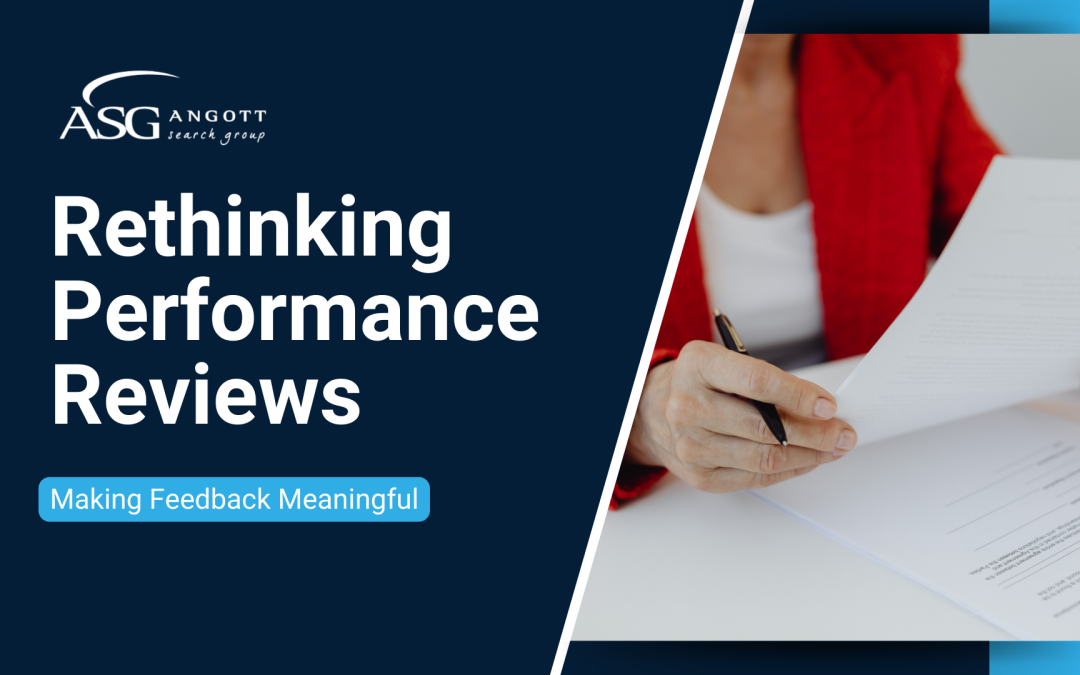Gisèle Manole |Chief Marketing Officer and Senior Consultant
The Shift in Board Meeting Dynamics
For many years, credit union board meetings were often critiqued for being too operational and detailed, often described as “chasing too many rabbits and catching none.” These meetings were lengthy and lacked substantive discussion. However, it seems that in the quest for efficiency, for some boards, the pendulum may have swung too far in the opposite direction, sacrificing curiosity and meaningful dialogue for expediency.
Striking the Right Balance
As with many things, the ideal approach lies somewhere in the middle. While asking questions is a sign of engagement, asking the wrong questions can indicate a lack of understanding of a director’s role. My colleague, Paul Dionne, recently wrote about achieving balanced, strategic-level dialogue while efficiently meeting fiduciary, legal, and regulatory obligations.
The Traditional Role of Credit Union Board Meetings
Historically, credit union board meetings have emphasized the formal role of the board. A routine agenda was often used to move from one report or policy issue to another. Board members were present to receive information, provide fiduciary oversight and make quick decisions when necessary. Many decisions were made immediately or at the beginning of the meeting, with strategic questions and generative dialogue often seen as obstacles to their progress.
The Need for Generative Dialogue
To foster a more engaging and productive board meeting, it’s essential to incorporate generative dialogue. This means creating space for strategic questions and discussions that go beyond routine reports and decisions. Encouraging curiosity and deeper engagement through thoughtful questions can lead to more meaningful outcomes and a stronger connection to the credit union’s mission.
Perhaps not all questions need to be answered right away. Perhaps the best questions linger and fuel conversations for many meetings to come. If the question has a finite answer like yes or no, it’s likely operational in nature. What are some other helpful cues to guide strategic, board-level questions?
Operational Indicators:
- Is it about the past or present?
- Is it about day-to-day operations?
- Is it about how you should get there?
Strategic Indicators:
- Is it future-oriented?
- Is it central to your vision, mission or strategic goals?
- Is it about where you should go?
Finding the right balance between efficiency and engagement in board meetings is crucial. While it’s important to maintain focus and avoid operational detail, it’s equally important to encourage strategic thinking and meaningful dialogue.




